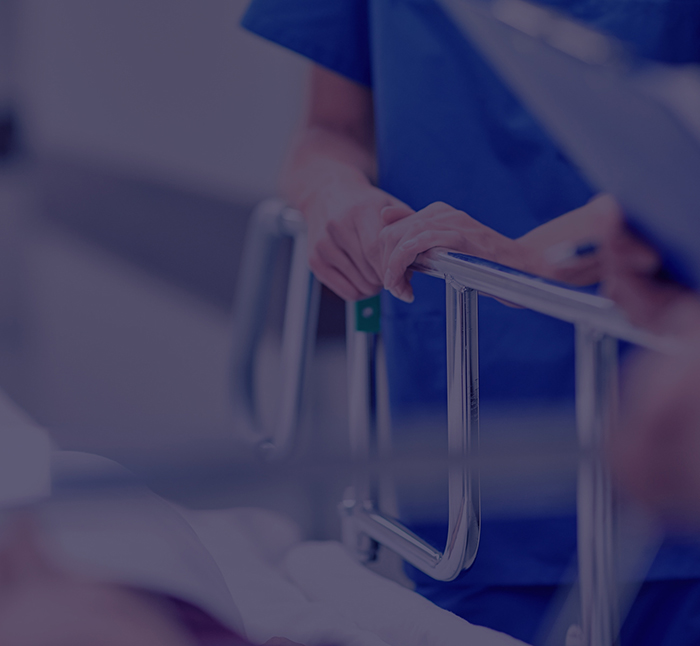Spider Veins
Patient ResourcesOverview
For their web-like appearance and sudden occurrence, there’s no secret to how spider veins got their name. Most often, they are red or blue and appear on the legs and feet; however, spider veins can also suddenly appear on the face.
Wherever you discovered them, there’s no doubt that spider veins can trigger some alarm. But as with any new affliction, it’s wise to educate yourself to be proactive in mitigating both the fear and any discomfort you may feel.
For information about or services or to schedule an appointment please fill out the form below.
What triggers spider veins?
Like many people coming to terms with the presence of spider veins, you might be wondering, “What did I do to cause them?” In all likelihood, the answer is, “Nothing at all.”
First, it’s essential to understand that spider veins are just a milder version of varicose veins. They can develop as blood circulates in your body or as arteries carry blood from your heart to your tissues and as your veins return blood to your heart and your body.
By where they’re located, the veins in your legs and feet are placed under additional strain: the veins here must work against gravity to return blood to your heart. The natural acts of standing and walking intensify this pressure, which is why spider veins most often develop in the legs and feet.
First, it’s essential to understand that spider veins are just a milder version of varicose veins. They can develop as blood circulates in your body or as arteries carry blood from your heart to your tissues and as your veins return blood to your heart and your body.
By where they’re located, the veins in your legs and feet are placed under additional strain: the veins here must work against gravity to return blood to your heart. The natural acts of standing and walking intensify this pressure, which is why spider veins most often develop in the legs and feet.
There are some contributing factors
That being said, certain factors can exacerbate the presence of spider veins – some of which are beyond your control. They include:
Gender – Women are more likely to develop spider veins, primarily as they deal with the hormonal changes that occur during pregnancy and menopause.
Age – Veins often lose their elasticity with age, causing blood that should move toward the heart to flow backward instead.
Family history – Like other ailments, spider veins “run” in family health history charts.
Some contributing factors of spider veins remain in your control, including:
Obesity – which places additional pressure on veins.
Sitting or standing for prolonged periods – inducing that “numb” feeling when you finally stand up or change positions.
Gender – Women are more likely to develop spider veins, primarily as they deal with the hormonal changes that occur during pregnancy and menopause.
Age – Veins often lose their elasticity with age, causing blood that should move toward the heart to flow backward instead.
Family history – Like other ailments, spider veins “run” in family health history charts.
Some contributing factors of spider veins remain in your control, including:
Obesity – which places additional pressure on veins.
Sitting or standing for prolonged periods – inducing that “numb” feeling when you finally stand up or change positions.
Step into action
You can ease mild discomfort from spider veins – and slow or prevent the development of varicose veins – by:
Shedding excess weight
Following a low-salt diet to prevent water retention
Exercising, especially walking
Changing position frequently to avoid prolonged periods of sitting and standing
Elevating your legs above your heart to improve circulation
If you cannot find relief or your discomfort ratchets up to pain, it’s time to put your care in the best hands possible: Vascular Care Specialists.
Shedding excess weight
Following a low-salt diet to prevent water retention
Exercising, especially walking
Changing position frequently to avoid prolonged periods of sitting and standing
Elevating your legs above your heart to improve circulation
If you cannot find relief or your discomfort ratchets up to pain, it’s time to put your care in the best hands possible: Vascular Care Specialists.
For information about or services or to schedule an appointment please fill out the form below.
CONTACT US NOW
